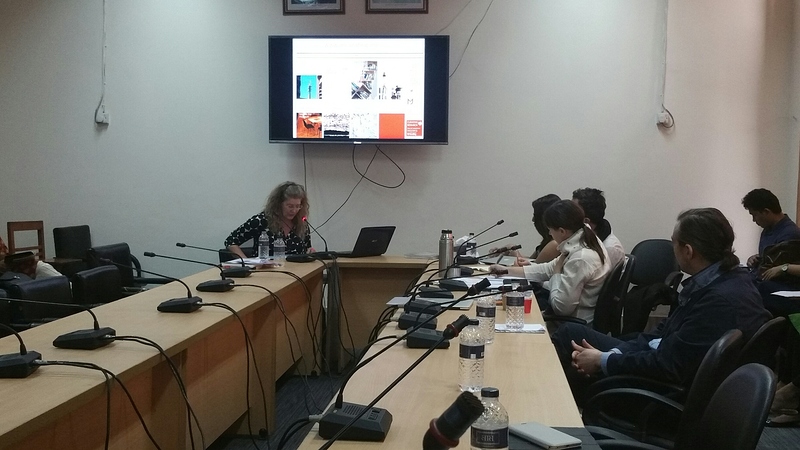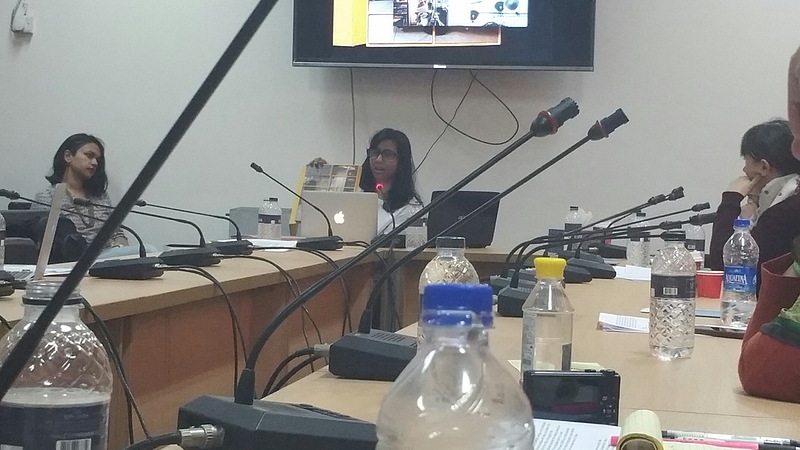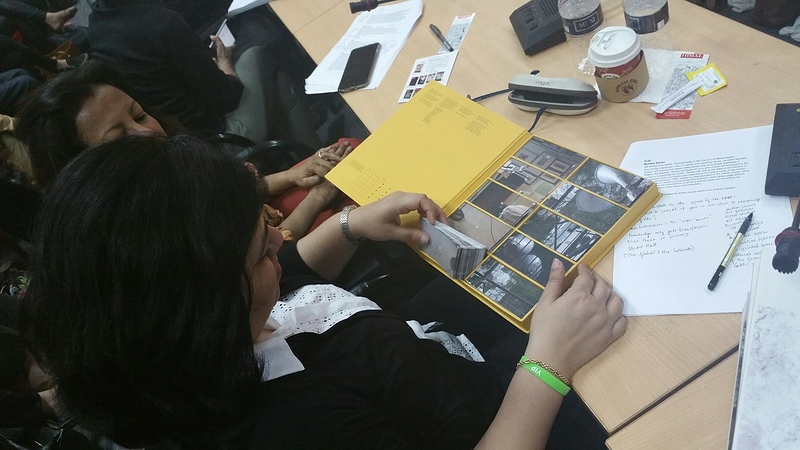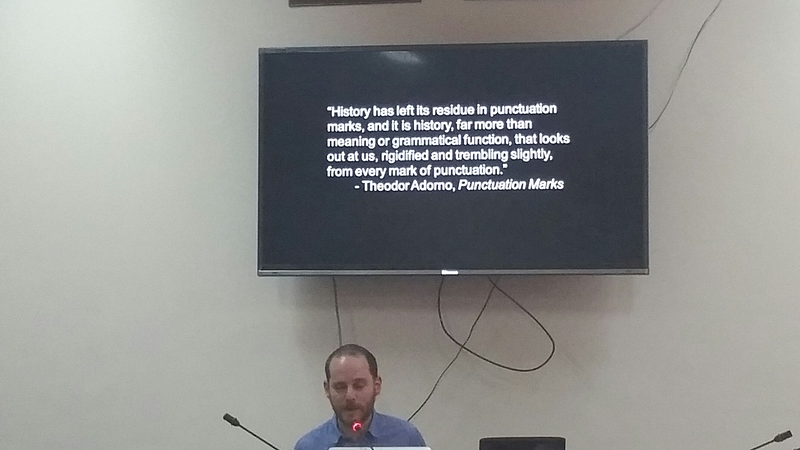“The apostrophe is the stepchild of English orthography. It is neither fish nor fowl, typographer’s convenience, nor true punctuation… The progressive apostrophe is a grammatical anomaly, a vestigial case marker – appropriately shaped like the human appendix – in a noun system that has otherwise dispensed with cases. Historically the apostrophe has spent the majority of its existence on the periphery of respectability …”
Elizabeth S. Sklar, The Possesive Apostrophe: the Development and Decline of a Crooked Mark (1976)
As the programme of speakers draws near to the end, Mike Sperlinger, Professor of Theory and Writing at The Academy of Fine Art, KHiO (Oslo, Norway) briefly examines some of the practices, histories and institutional dilemmas concealed by the seemingly innocuous grammatical marks which have become a popular attribute to recent art writing terminologies. Delving into what kind of relationship such grammatical marks might imply between art and writing through his paper The Artist’s Apostrophe, he talks of art writing as a genre and not a tool.
Using Tracks: a journal of artists’ writings, a little-known publication edited by American sculptor Herbert George, Mike discusses how art writing should provide just enough information to maintain a critical difference without being too specific and questions how we achieve the perfect balance.





